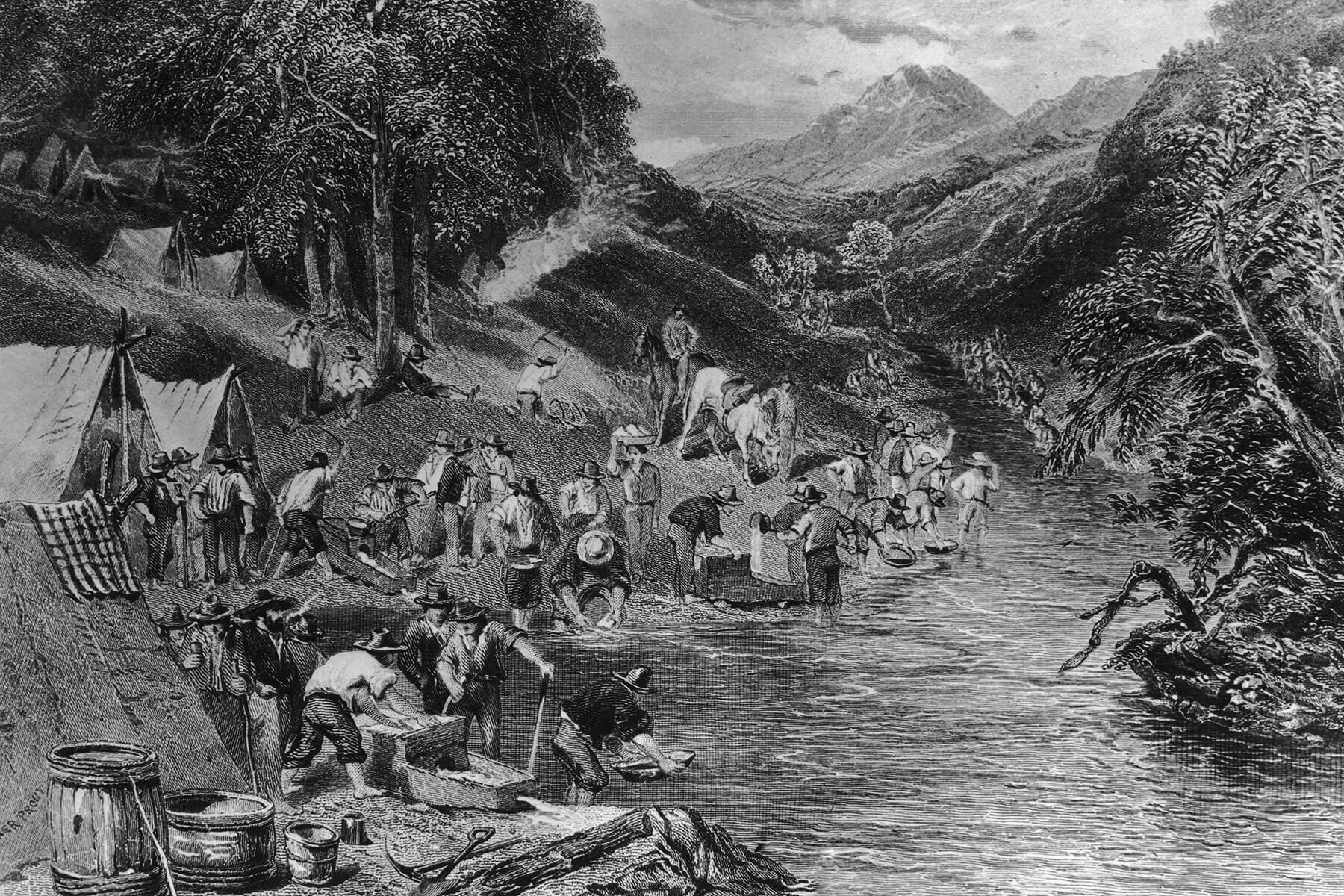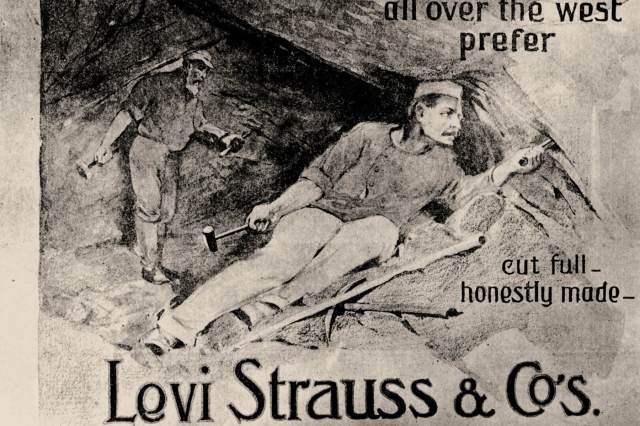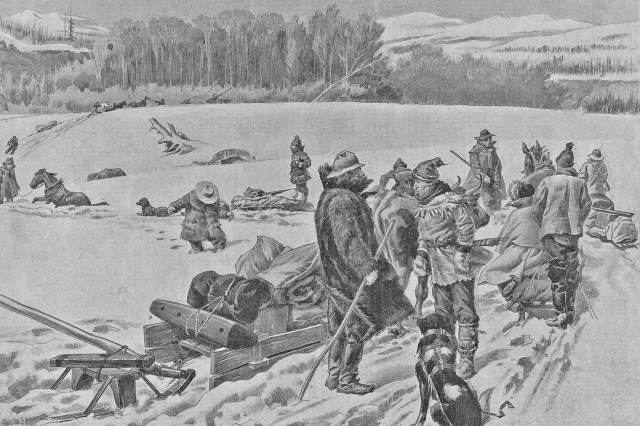6 Facts About America’s Gold Rushes
During the 19th century, the discovery of gold in various parts of the United States sparked a phenomenon known as “gold fever.” An obsession with getting rich off the precious metal caused a stampede of hopefuls to rush to California and other areas where gold had been found. The 1848 discovery of gold in California wasn’t the first, but it led to the largest gold rush of the era, the California Gold Rush, which gave way to the northern Klondike Gold Rush in Canada in the late 1890s. Hundreds of thousands of prospectors flooded to these regions, sometimes enduring treacherous journeys in search of fortune. The gold rushes led to the rapid development of towns and cities and irreversibly changed landscapes; they also left behind several fascinating, if sometimes overlooked, moments in history — moments that can only be born from the frenzied allure of striking it rich.

The California Gold Rush Bankrupted the Man Who Helped Start It
John Sutter was a Swiss-born businessman who played a crucial role in the California Gold Rush, but unlike some lucky business owners who profited from its riches, he ended up broke as a result. In 1848, Sutter was having a sawmill built along the American River in Coloma, California (near present-day Sacramento), when his carpenter discovered gold on the property. Though they tried to keep it a secret, news spread, and thousands of prospectors flocked to the area, trespassing on Sutter’s land, stealing his livestock, and causing extensive damage. Sutter’s attempts to profit from the gold rush were undermined not only by this recklessness, but also by the failure of his sawmill, due to every able-bodied worker’s preoccupation with finding gold. By 1852, he was bankrupt.




















